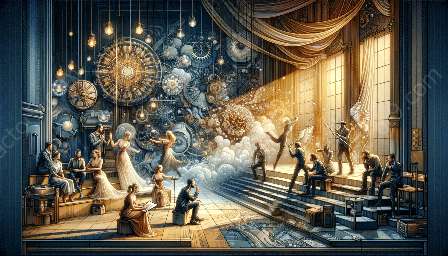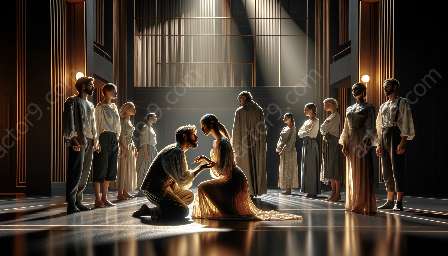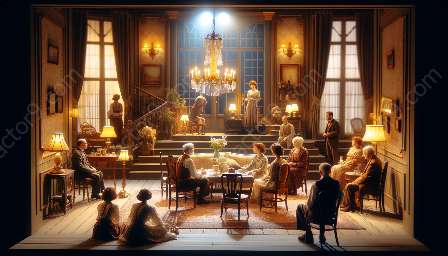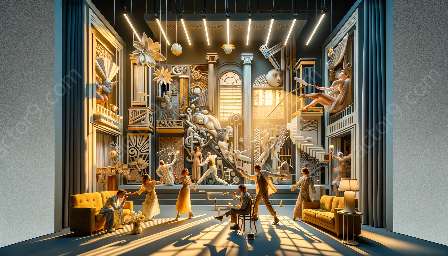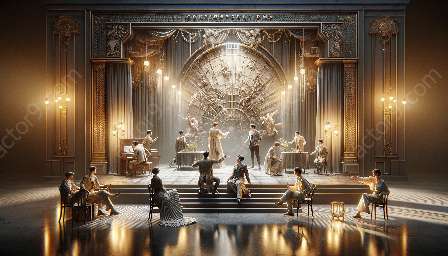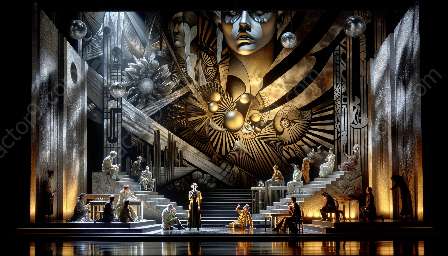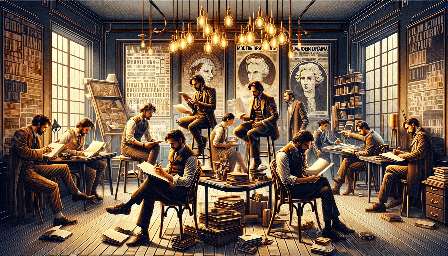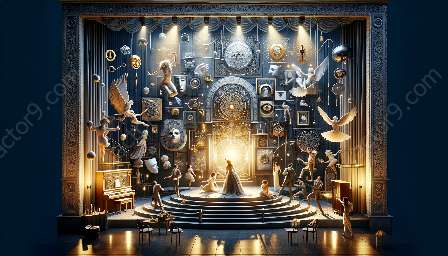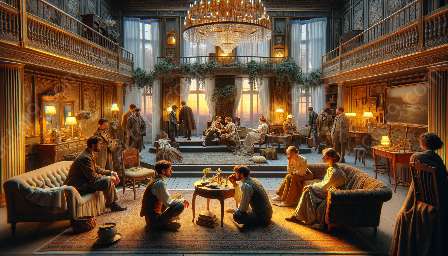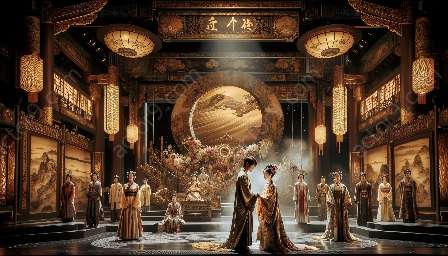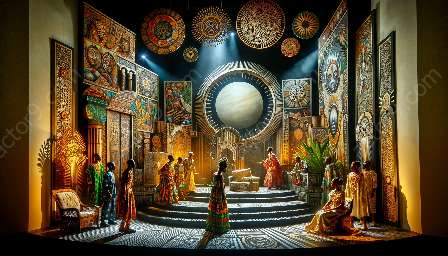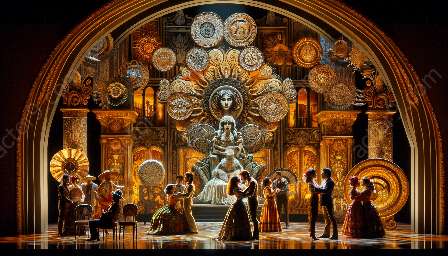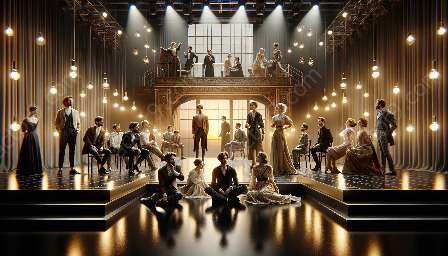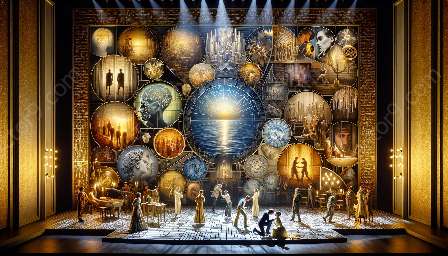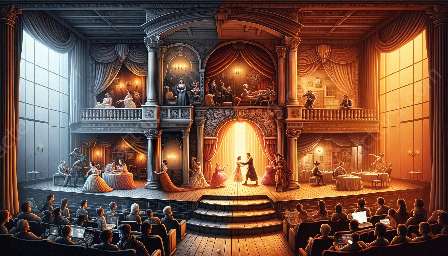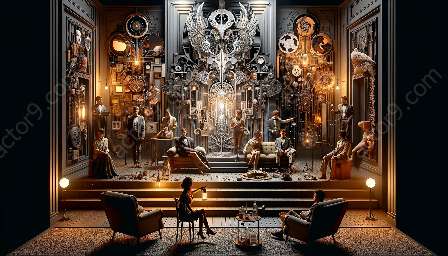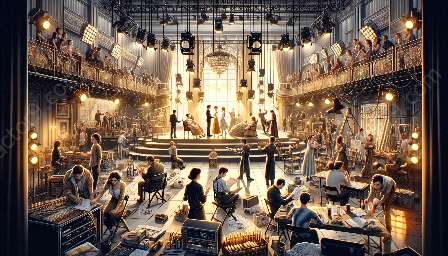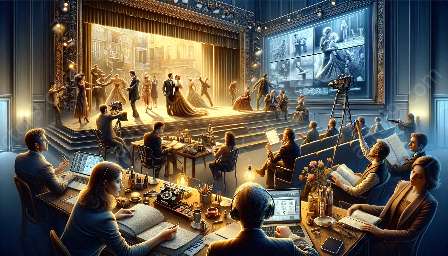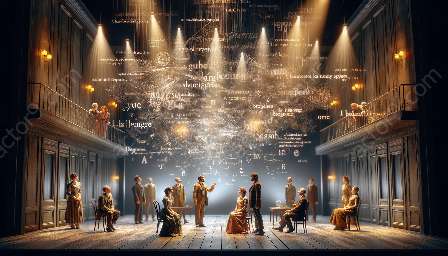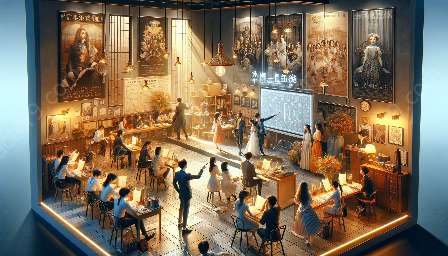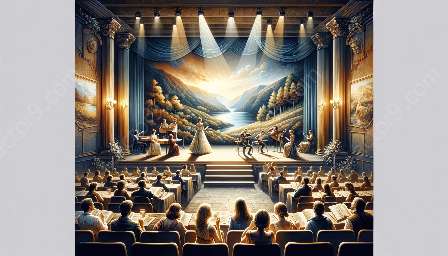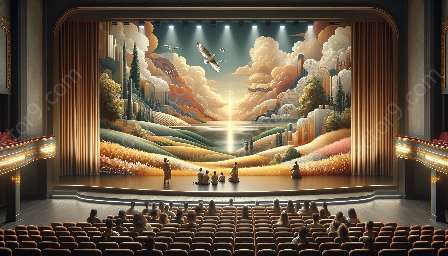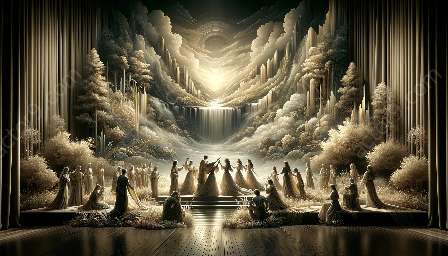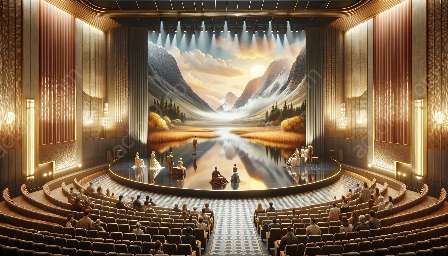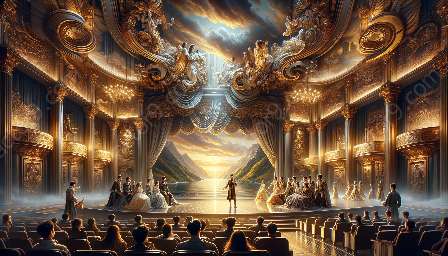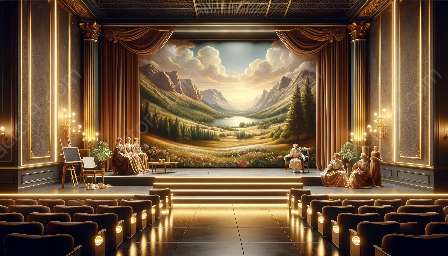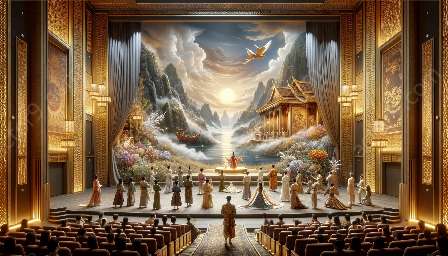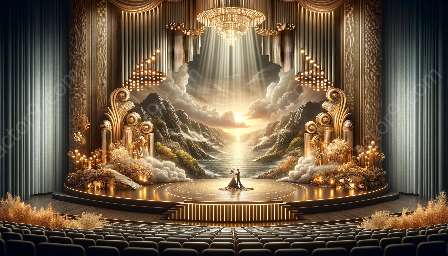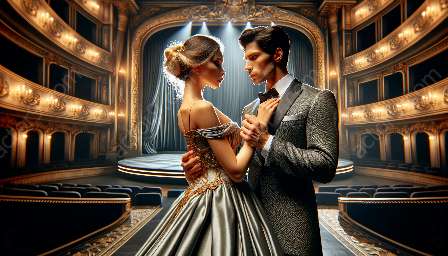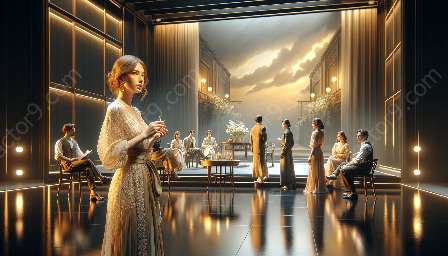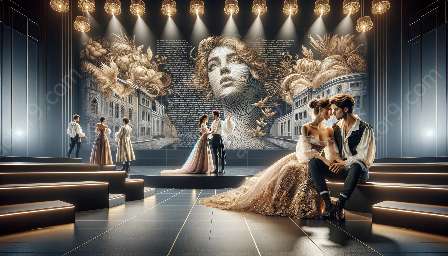Modern drama playwrights have redefined storytelling through the use of non-linear narrative structures, creating thought-provoking and complex works that engage audiences in unique and compelling ways. This article explores how modern drama playwrights utilize non-linear storytelling techniques to create captivating narratives and examines the impact of these approaches on contemporary theater.
The Evolution of Modern Drama
Before delving into the use of non-linear storytelling in modern drama, it is essential to understand the evolution of the genre. Modern drama emerged as a response to the conventions of traditional, linear storytelling, which typically followed a chronological sequence of events leading to a clear resolution. In contrast, modern drama sought to challenge these conventions by experimenting with innovative narrative structures and non-traditional storytelling techniques.
The birth of modern drama can be traced back to the early 20th century, with playwrights such as Anton Chekhov, Henrik Ibsen, and August Strindberg paving the way for a new wave of theatrical expression. As the 20th century progressed, modern drama continued to evolve, incorporating avant-garde and experimental elements that pushed the boundaries of traditional storytelling.
Non-Linear Storytelling Techniques
Non-linear storytelling is characterized by a narrative structure that deviates from a linear, chronological sequence of events. Instead of presenting a story in a straightforward manner, modern drama playwrights employ various techniques to disrupt the traditional flow of time and events, creating a multi-layered and non-sequential narrative that challenges audience perceptions and expectations.
One of the most common non-linear storytelling techniques used by modern drama playwrights is the use of flashbacks and flash-forwards. Flashbacks allow the audience to revisit past events that hold significance to the characters or the overarching narrative, providing context and depth to the story. On the other hand, flash-forwards offer glimpses into the future, foreshadowing events and creating a sense of anticipation and complexity within the narrative.
Another prominent non-linear storytelling technique is the use of fragmented or disjointed narratives. Modern drama playwrights strategically interweave disparate scenes and perspectives, creating a mosaic of interconnected moments that invite the audience to actively piece together the overarching story. This fragmented approach disrupts traditional linearity, encouraging a more immersive and participatory experience for the audience.
The Impact of Non-Linear Storytelling
The utilization of non-linear storytelling in modern drama has a profound impact on the overall theatrical experience, both for the creators and the audience. By dismantling the constraints of linear chronology, modern drama playwrights are able to explore complex themes, character motivations, and emotional arcs in a more nuanced and unconventional manner.
Non-linear storytelling also challenges the audience's perception of time and causality, prompting them to actively engage with the narrative, make connections between disparate events, and interpret the story in a non-linear fashion. This active participation fosters a deeper level of immersion and intellectual stimulation, as the audience becomes co-creators of the narrative, filling in the gaps and deciphering the non-linear puzzle presented on stage.
Notable Modern Drama Playwrights
Several contemporary playwrights have embraced non-linear storytelling as a powerful tool for crafting compelling and innovative theatrical works. Playwrights such as Sarah Ruhl, Caryl Churchill, and Martin McDonagh have demonstrated a remarkable ability to harness non-linear storytelling techniques to amplify the emotional resonance and thematic complexity of their plays.
Sarah Ruhl, known for her imaginative and lyrical plays, often incorporates non-linear elements to explore the intricacies of human relationships and the blurred boundaries of reality and fantasy. Her use of fragmented narratives and temporal shifts invites audiences into a dreamlike experience, blurring the distinction between past, present, and future.
Caryl Churchill, celebrated for her bold experimentation with form and structure, has masterfully utilized non-linear storytelling to subvert traditional narratives and challenge social and political constructs. Her plays often feature non-chronological sequences and disjointed timelines, inviting audiences to grapple with the fragmented nature of human existence and societal dynamics.
Similarly, Martin McDonagh's darkly comedic and provocatively poignant plays are renowned for their non-linear narratives, which skillfully blend tragicomic elements while traversing through time and space. McDonagh's use of non-linear storytelling techniques adds an additional layer of complexity and emotional depth to his works, captivating audiences with unexpected twists and revelations.
Conclusion
Modern drama playwrights continue to push the boundaries of storytelling by embracing non-linear narrative structures to create compelling and thought-provoking theatrical experiences. The use of non-linear storytelling techniques allows playwrights to transcend the limitations of traditional linear narratives, engaging audiences in multi-layered, immersive, and intellectually stimulating journeys. As modern drama evolves, non-linear storytelling remains a powerful and essential tool for playwrights to explore the human condition, challenge narrative conventions, and captivate audiences with narratives that unfold in unconventional and transformative ways.


